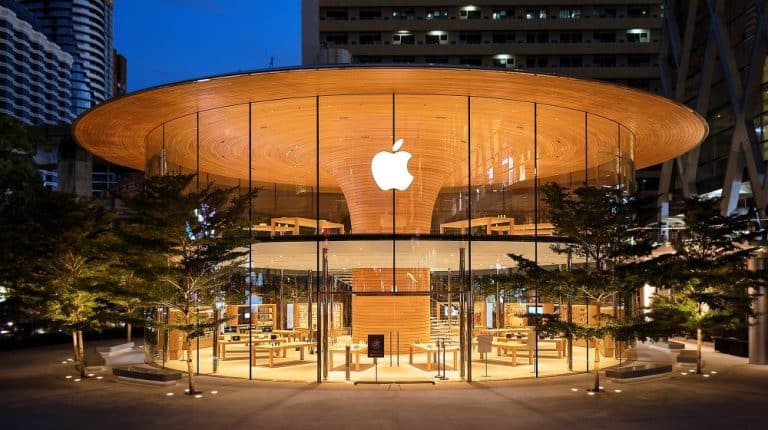President Donald Trump has implemented massive tariffs on Chinese imports, starting at a staggering 125%, later temporarily reduced to 10% for a 90-day grace period.
The sudden spike in costs has sent shockwaves through industries dependent on Chinese production — with Apple emerging as one of the most severely affected companies.
Apple’s Deep Reliance on China Becomes a Liability
With the bulk of its iPhones, iPads, and Macs assembled in China, Apple’s tightly integrated supply chain has become its Achilles’ heel. The introduction of these unprecedented tariffs translates into potentially hundreds of dollars in additional production costs per device.
This financial burden threatens to erode Apple’s margins or force the tech giant to pass on the increased costs to consumers, leading to higher retail prices and reduced market competitiveness — particularly in international markets like Pakistan, where the iPhone price could potentially triple, exacerbating affordability issues in price-sensitive regions.
In a brief concession, the Trump administration scaled down tariffs to 10% for a limited 90-day period, offering companies a short-term breather. But this reduction is temporary and shrouded in uncertainty.
This ambiguity places immense pressure on strategic planning. For Apple, navigating this uncertain economic terrain means reevaluating logistics, negotiating new supplier contracts, and reconsidering future product pricing structures.
Apple’s Strategic Countermeasures to Soften the Blow
Apple is not sitting idle. The company has ramped up inventory stockpiles in anticipation of prolonged trade instability. This tactical buffer could allow Apple to maintain pricing and supply consistency for the short term.
This geographic shift, though costly and complex, could reduce dependency on Chinese assembly lines and provide longer-term insulation from future policy shocks.
In addition, there are rumors that Apple is in talks with suppliers in India and Vietnam, countries that offer both lower labor costs and more favorable trade relationships with the U.S.
While Apple is the most high-profile casualty of these tariffs, it is far from alone. The broader tech industry — including companies like Dell, HP, and Microsoft — is grappling with similar dilemmas.
Trump’s tariff policy could force an industry-wide transformation, accelerating the trend of reshoring (bringing manufacturing back to the U.S.) or “China-plus-one” strategies that involve building supply networks in multiple countries to mitigate risk.


